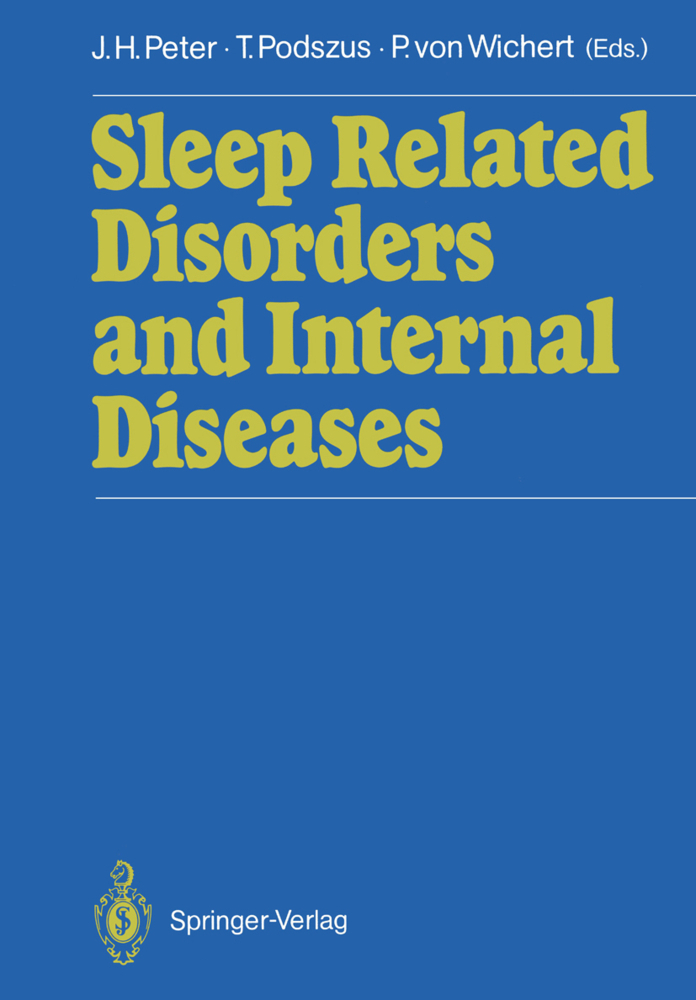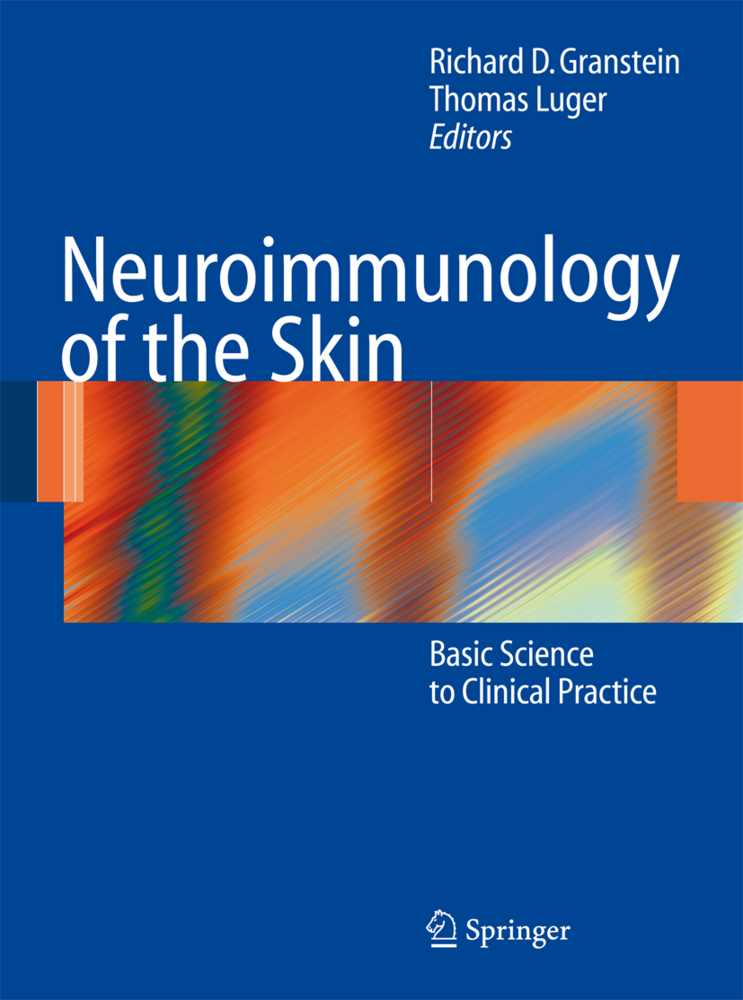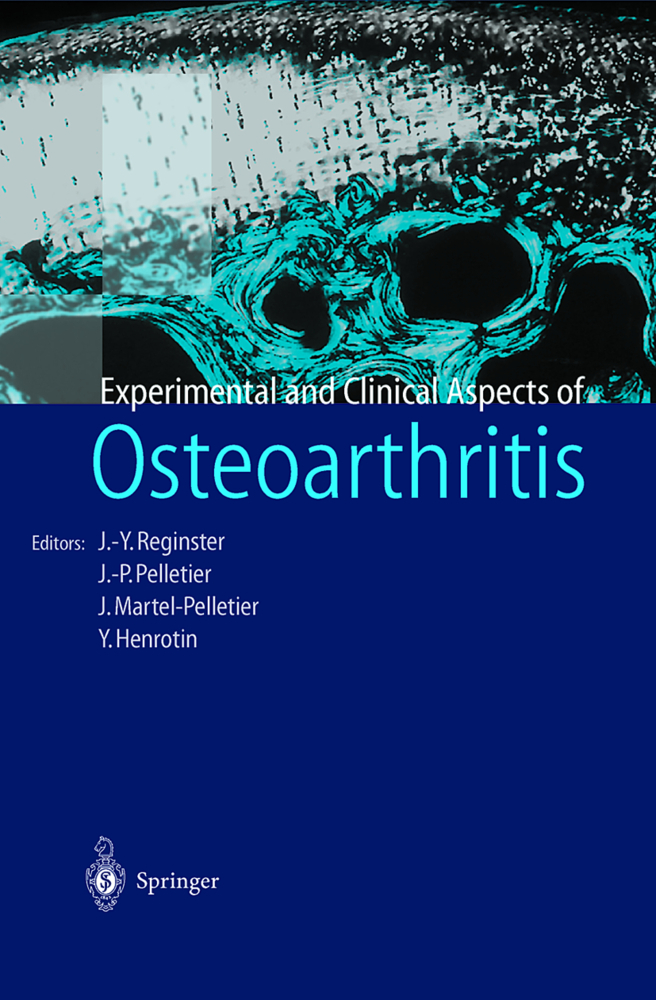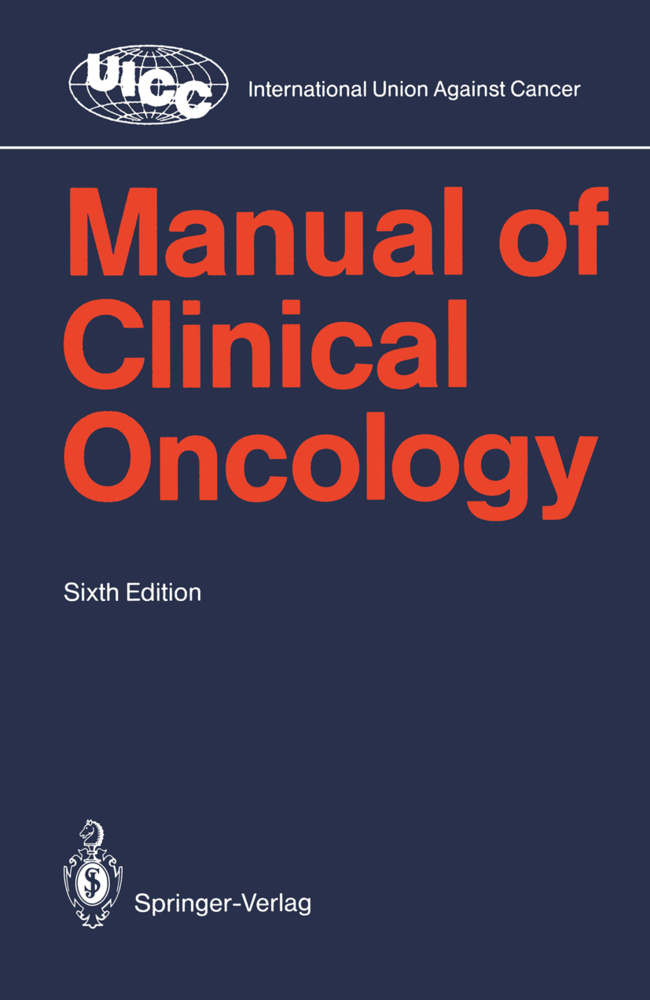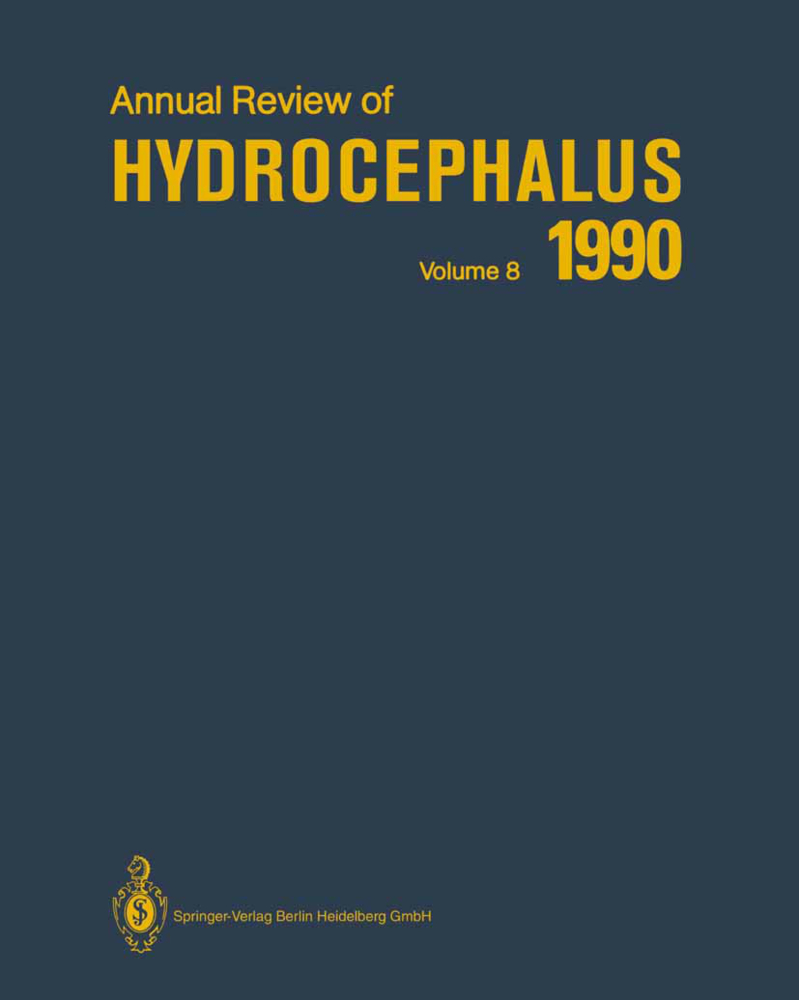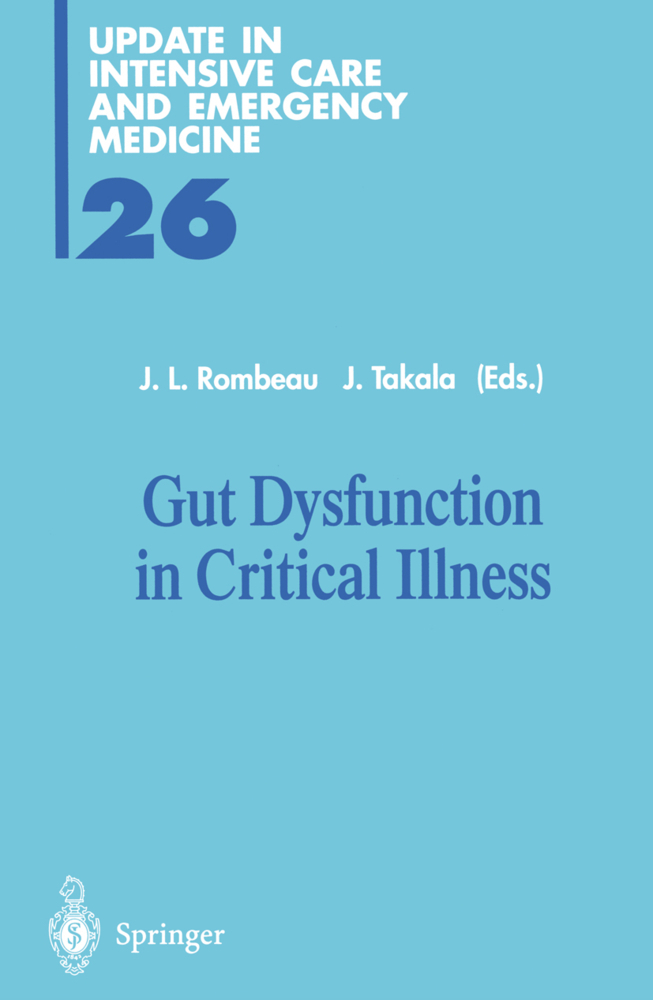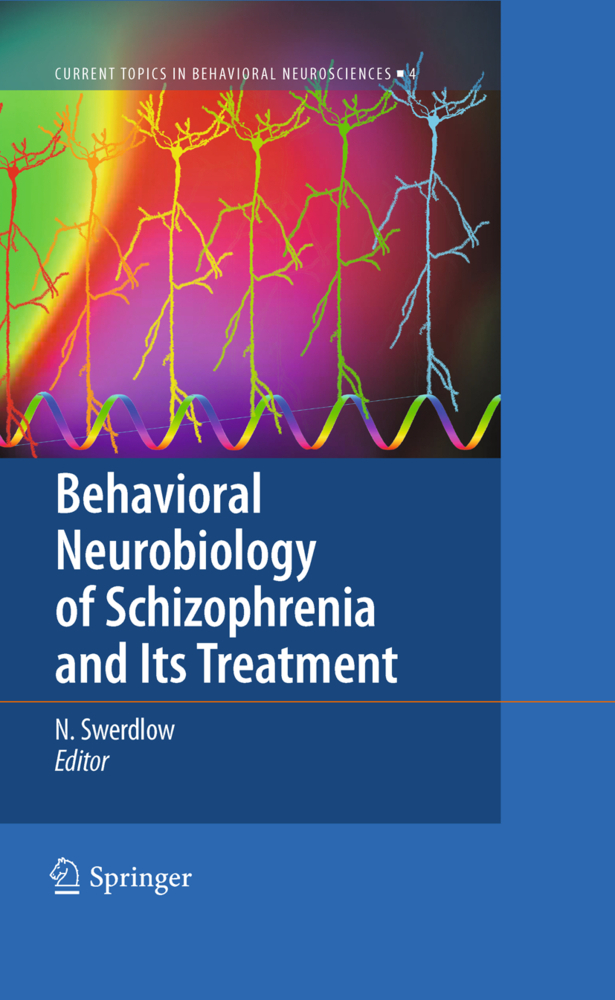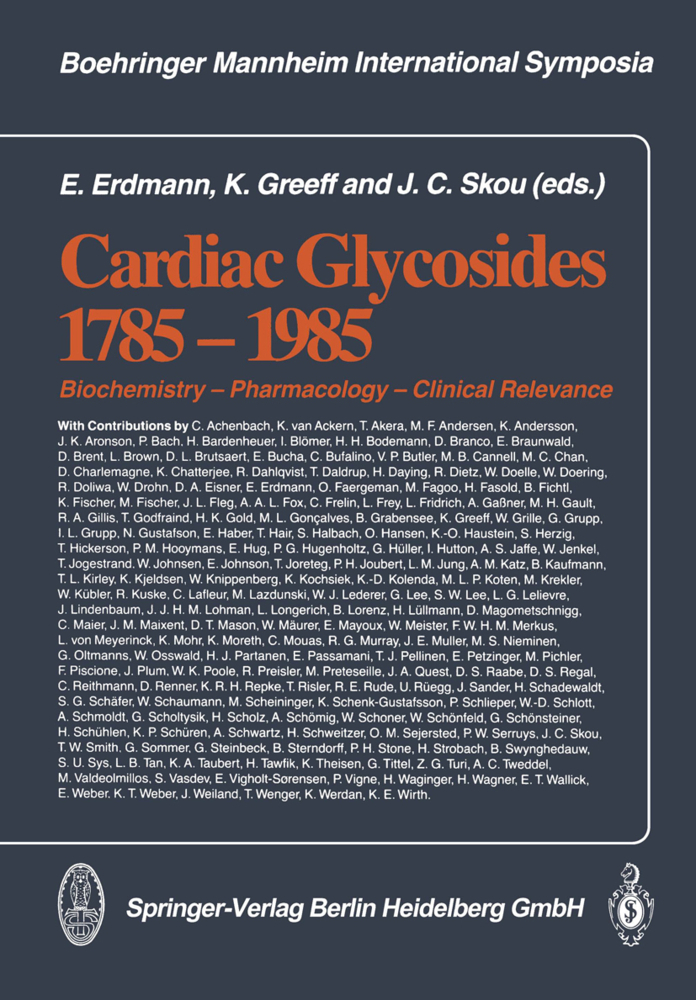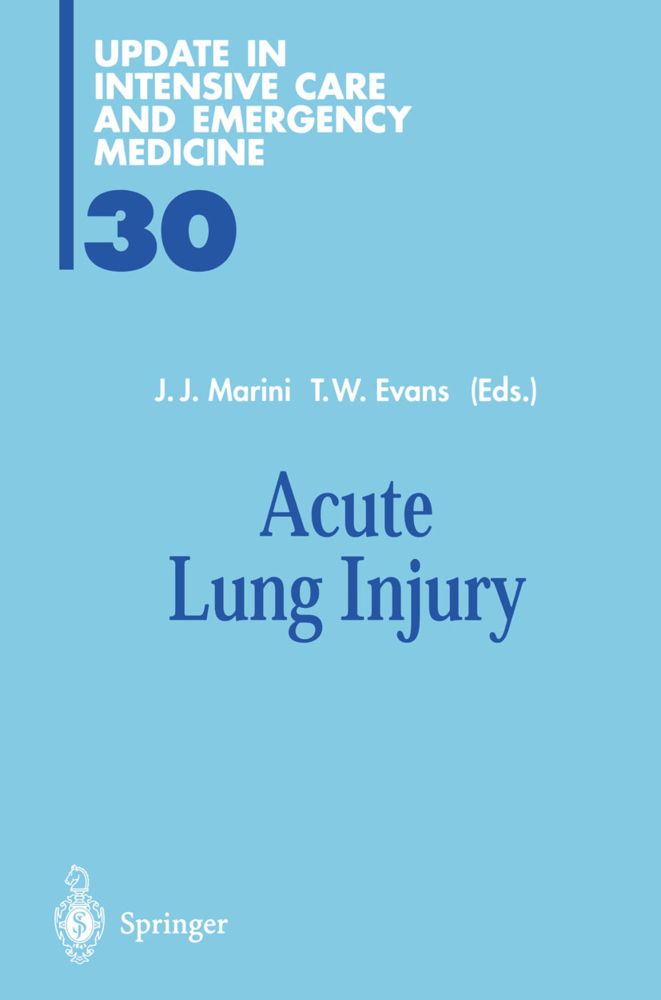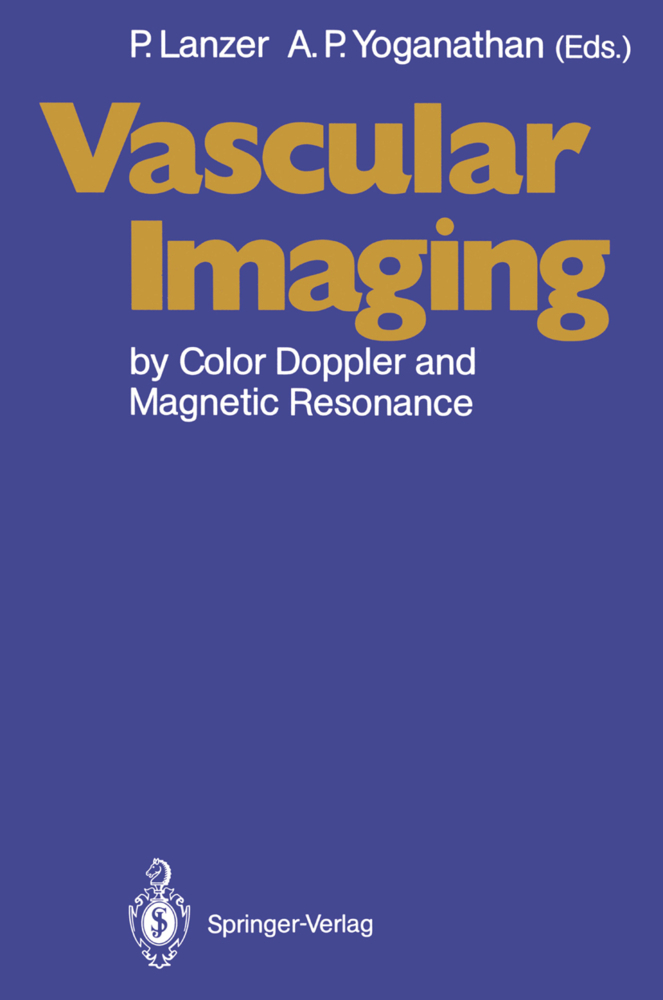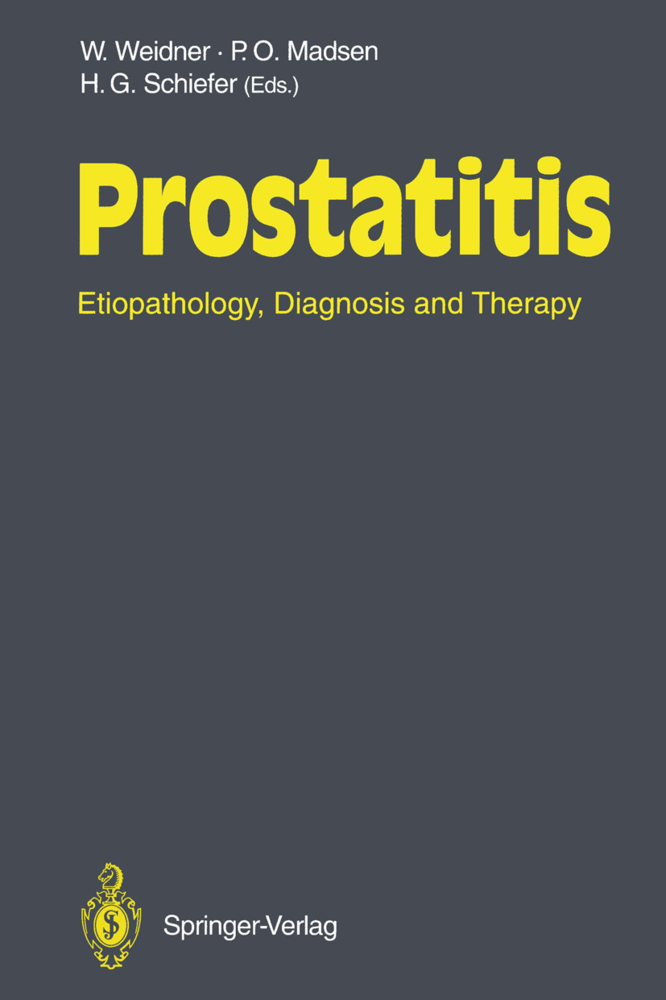Sleep Related Disorders and Internal Diseases
Sleep Related Disorders and Internal Diseases
The normal function of the organism in various stages of activity can be seen as a process of mutual interaction of different regulation mechanisms building up the behaviour of the organism in changing situations and/or ages and/or levels of health or disease. Insights into these very complex relations which steer the action of the organism are particularly important for the study of internal medi cine. They can be seen as directly related to the understanding of pathological conditions. Recently, the medical community has focused its interest on the physiology and pathophysiology of events which happen during sleep. Although some information on pathological regulation during sleep was collected in the 1930s, the modern technology of registration methods is required to analyse the pheno mena of sleep-related physiological and pathophysiological patterns. It is intere sting that the modern research in this field developed from neuropsychiatry and is now expanding into other fields of medicine, although some problems, for instance the Pickwickian syndrome, were also for a long time considered part of the field of internal medicine. It becomes clearer that sleep is not only a neuro psychiatric phenomenon, but also has profound consequences for other physio logical circuits, perhaps even an important role in pathogenesis. Sleep also has profound consequences for internal diseases. This was shown very clearly recently by many groups, although their data have not yet received the attention which they deserve.
Chronobiological Aspects of Sleep Disorders
Critical Assessment Issues in Disordered Sleep and Wakefulness
The Interaction of Drugs with Sleep
2: Measurement
Measurement of Sleep Fragmentation
Paroxysmal Awakenings from Sleep - A Model of Sleep Fragmentation Causing Excessive Daytime Sleepiness
Various Components of Respiratory Control During Sleep, Rest, and Strain
Interindividual Differences in Sleep Patterns During Night and Shift Work
The Application of Time-Series Analysis to the Diagnosis of Complex Internal Disorders: Sleep Apnea
Techniques to Construct Respiratory Waveforms from VCG/ECG
Use of Tracheal Sound Recordings to Monitor Airflow During Sleep
Thoracoabdominal Motion in Health and Disease
Assessment of the Time Structure of Sleep Apneas
An Apnea-Monitoring Device Based on Variation of Heart Rate and Snoring
Vigilance and Performance in Sleep Apnea Under Single-Dose Theophylline Therapy
Computerization of Respiratory Parameters During Sleep
EEG-Analysis Among Patients with Sleep Apnea by Means of a Microcomputer
Acquisition and Storage of Sleep-Related Biosignals
3: Epidemiology I
Sleep Disturbances and Cardiovascular Risk: A Biopsychosocial Approach
Sleep and Stress
Prevalence of Sleep Complaints Among Swedish Men - An Epidemiological Study
4: Epidemiology II-Snoring
Clinical Approach to Heavy Snorers' Disease and Other Sleep-Related Respiratory Disorders
Snoring as a Risk Factor for Ischaemic Heart Disease and Stroke in Men
Snoring, Sleep Apnea, and Hypertension in a Field Study
5: Epidemiology III-Sleep-Related Breathing Disorders
Rediscovering Sleepy Patients: The Sleep Apnea Syndrome
The Prevalence of Increased Pulmonary ArterialPressure Among Sleep Apneics
Sleep Apnea Activity and General Morbidity in a Field Study
Breathing During Sleep in Normal Subjects
Sleep-Related Disordered Breathing, Daytime Hypertension, and Nocturnal Hypotension in Older Males
6: Cardiorespiratory Disorders During Sleep and Hemodynamics
Nocturnal Hyopxemia and Pulmonary Arterial Blood Pressure
Interaction of Sleep Apnea and Chronic Lung Disease
The Role of Sleep-Related Breathing Disorders in Cardiorespiratory Disease: Hemodynamics
7: Cardiovasular Risk and Sleep Apnea
Nocturnal Hemodynamics in Patients with Sleep Apnea
Plasma Levels of Catecholamines and Cardiovascular Parameters During Sleep in Patients with Sleep Apnea Syndrome
Echocardiographic Findings in Sleep Apnea
Bradyarrhythmias in Patients with Sleep Apnea
8: Therapy
Treatment of Sleep Apnea by Prosthetic Mandibular Advancement
Review of the Therapeutic Approaches to Sleep Apnea
Five Years' Experience with Home Nasal Continuous Positive Airway Pressure Therapy for the Obstructive Sleep Apnea Syndrome
Problems in the Application of Nasal Continuous Positive Airway Pressure for the Treatment of Obstructive Sleep Apnea. Hypoxemia During Sleep on Nasal Continuous Positive Airway Pressure Treatment
Hemodynamics in Obstructive Sleep Apnea Syndrome Patients Treated by Continuous Positive Airway Pressure
Reversibility of Severe Cardiac Arrhythmias in Sleep Apnea Under Nasal Continuous Positive Airway Pressure Therapy
Current Research in Sleep-Related Breathing Disorders: Conclusions for Internal Diagnostics and Therapy.
1: Sleep and Disordered Sleep
Sleep-Introductory NotesChronobiological Aspects of Sleep Disorders
Critical Assessment Issues in Disordered Sleep and Wakefulness
The Interaction of Drugs with Sleep
2: Measurement
Measurement of Sleep Fragmentation
Paroxysmal Awakenings from Sleep - A Model of Sleep Fragmentation Causing Excessive Daytime Sleepiness
Various Components of Respiratory Control During Sleep, Rest, and Strain
Interindividual Differences in Sleep Patterns During Night and Shift Work
The Application of Time-Series Analysis to the Diagnosis of Complex Internal Disorders: Sleep Apnea
Techniques to Construct Respiratory Waveforms from VCG/ECG
Use of Tracheal Sound Recordings to Monitor Airflow During Sleep
Thoracoabdominal Motion in Health and Disease
Assessment of the Time Structure of Sleep Apneas
An Apnea-Monitoring Device Based on Variation of Heart Rate and Snoring
Vigilance and Performance in Sleep Apnea Under Single-Dose Theophylline Therapy
Computerization of Respiratory Parameters During Sleep
EEG-Analysis Among Patients with Sleep Apnea by Means of a Microcomputer
Acquisition and Storage of Sleep-Related Biosignals
3: Epidemiology I
Sleep Disturbances and Cardiovascular Risk: A Biopsychosocial Approach
Sleep and Stress
Prevalence of Sleep Complaints Among Swedish Men - An Epidemiological Study
4: Epidemiology II-Snoring
Clinical Approach to Heavy Snorers' Disease and Other Sleep-Related Respiratory Disorders
Snoring as a Risk Factor for Ischaemic Heart Disease and Stroke in Men
Snoring, Sleep Apnea, and Hypertension in a Field Study
5: Epidemiology III-Sleep-Related Breathing Disorders
Rediscovering Sleepy Patients: The Sleep Apnea Syndrome
The Prevalence of Increased Pulmonary ArterialPressure Among Sleep Apneics
Sleep Apnea Activity and General Morbidity in a Field Study
Breathing During Sleep in Normal Subjects
Sleep-Related Disordered Breathing, Daytime Hypertension, and Nocturnal Hypotension in Older Males
6: Cardiorespiratory Disorders During Sleep and Hemodynamics
Nocturnal Hyopxemia and Pulmonary Arterial Blood Pressure
Interaction of Sleep Apnea and Chronic Lung Disease
The Role of Sleep-Related Breathing Disorders in Cardiorespiratory Disease: Hemodynamics
7: Cardiovasular Risk and Sleep Apnea
Nocturnal Hemodynamics in Patients with Sleep Apnea
Plasma Levels of Catecholamines and Cardiovascular Parameters During Sleep in Patients with Sleep Apnea Syndrome
Echocardiographic Findings in Sleep Apnea
Bradyarrhythmias in Patients with Sleep Apnea
8: Therapy
Treatment of Sleep Apnea by Prosthetic Mandibular Advancement
Review of the Therapeutic Approaches to Sleep Apnea
Five Years' Experience with Home Nasal Continuous Positive Airway Pressure Therapy for the Obstructive Sleep Apnea Syndrome
Problems in the Application of Nasal Continuous Positive Airway Pressure for the Treatment of Obstructive Sleep Apnea. Hypoxemia During Sleep on Nasal Continuous Positive Airway Pressure Treatment
Hemodynamics in Obstructive Sleep Apnea Syndrome Patients Treated by Continuous Positive Airway Pressure
Reversibility of Severe Cardiac Arrhythmias in Sleep Apnea Under Nasal Continuous Positive Airway Pressure Therapy
Current Research in Sleep-Related Breathing Disorders: Conclusions for Internal Diagnostics and Therapy.
Peter, Jörg H.
Podszus, Thomas
Wichert, P. v.
| ISBN | 978-3-642-72562-3 |
|---|---|
| Artikelnummer | 9783642725623 |
| Medientyp | Buch |
| Auflage | Softcover reprint of the original 1st ed. 1987 |
| Copyrightjahr | 2011 |
| Verlag | Springer, Berlin |
| Umfang | XX, 393 Seiten |
| Abbildungen | XX, 393 p. |
| Sprache | Englisch |

